
The main event isn’t always the highlight at the best festivals.
Who was the headliner? Does it really matter? Not if you danced until 5:00am, knee-deep in mud, then had it off with the hot blonde (despite their dubious tattoo) and had the time of your life.

The Nürburgring 24 Hours is the petrolhead’s Glastonbury, the gearhead’s SXSW. You can watch the cars, get absorbed in the race. Or you can adventure into the campsites and end up in a jacuzzi that’s balanced three-stories high on a make-shift tower surrounded by beer-swigging strangers. Either way, you’re going home with memories. Some hazier than others.

Of course, this year’s N24 was different. There were no all-night forest parties, no mass consumption of currywurst, no overconsumption of Bitburger. Instead, COVID meant there were no spectators and the weather (unpredictable, even by Nürburgring standards) forced the red flags to be waved through most of the night turning it into the Nürburgring 14.5 Hours. The most normal thing about the 2020 N24 race was that it was won by a BMW, making it 20 wins for the Bavarian manufacturer.

The first proper 24-hour race held at the Nürburgring-Nordschleife was in 1970, all the previous 24-hour events were more like regulatory rallies with target average speeds and mandatory pit stops. The proper 1970 race, officially called the ADAC 24 Stundenrennen Nürburgring, was entered by Hans Joachim Stuck and Clemens Schickentanz in a BMW 2002ti. Stuck was only 19, he’d only started racing the year before, yet, along with Schickentanz, he won the race.
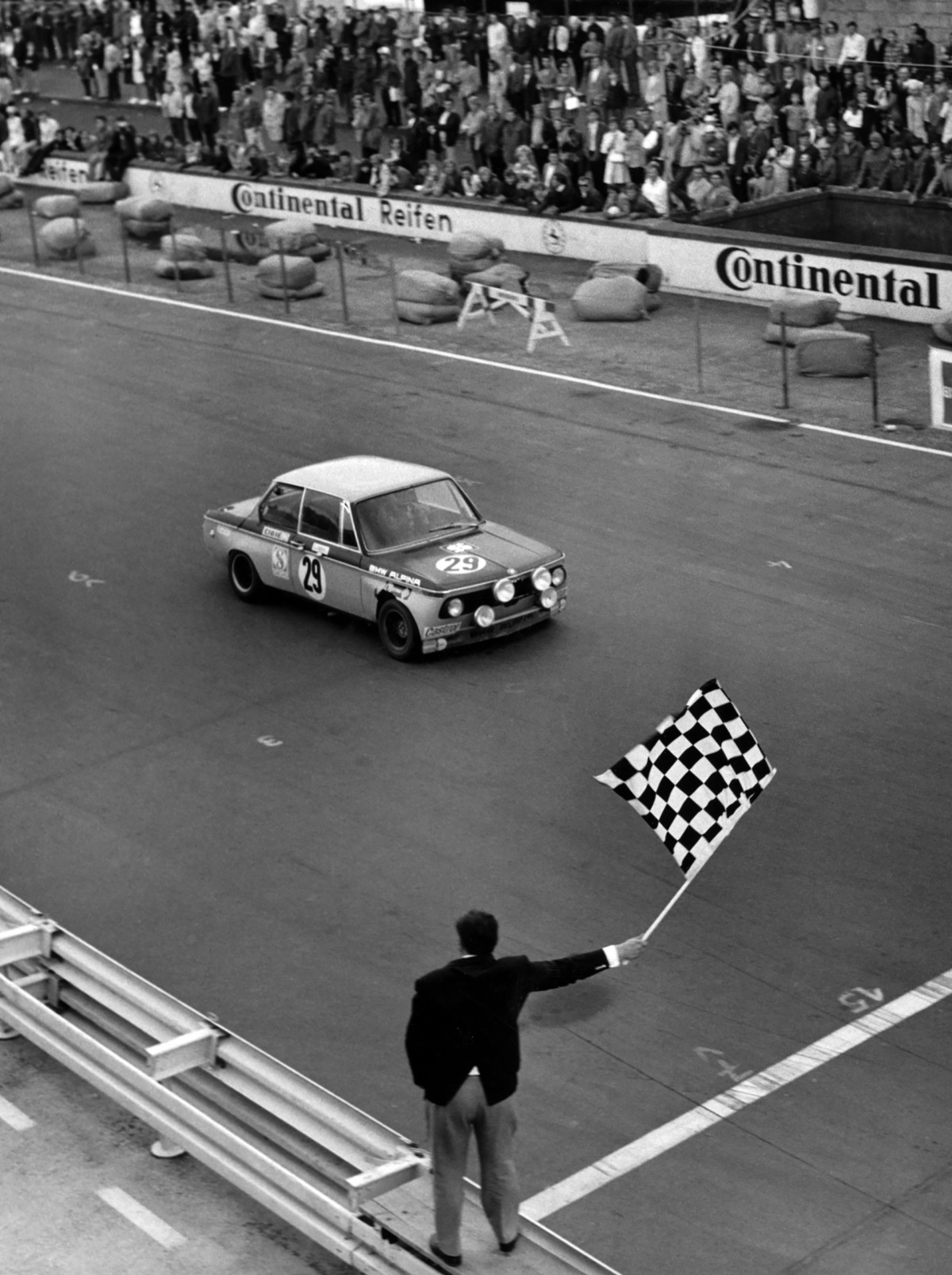
This was the start of BMW’s affiliation with the day-long Nordschleife race. As the 24 Hours Nürburgring has evolved, the track has changed and the cars allowed to compete have varied, BMW has been there every step of the way to take advantage and dominate the record books.
The early ‘70s was a time of rapid development in touring car racing. The 2002ti took only one more win in 1971 before it was overshadowed. That meant it was the turn of the bigger six-cylinder BMWs to take over.

By 1972 Stuck had deferred to Ford and shared a Capri with Klaus Fritzinger for the Eifel endurance race. At the time, that seemed like a very wise move. Ford was winning almost everything: Formula 1 cars were powered by Ford/Cosworth DFVs, the Escort was starting its rally supremacy, and the competition Capri RS2600, based on a carefully developed homologation-special road car, was cleaning up in touring car races.


However, Stuck’s Capri picked up a puncture in the final hours of the ’72 race, handing the victory to Kelleners and Pankl in a BMW 2800CS. The Ford ended the race in, quite possibly the most 1970s style possible. No, not clad in brown corduroy and casual sexism, instead Klaus Fritzinger, after admitting defeat to the 2800CS, pulled over at the Karusell, got the marshals to light him a cigarette and trundled back to the finish line, smoking away.

The competition between Ford and BMW really started to heat up in 1973. The wings, arches and air-dams of the Capri and BMW grew. So did the engine size. The RS2600 Capri got away with a few more CCs from its V6, while the 2800CS BMW was completely replaced by a carefully developed homologation-special called the 3.0 CSL. Sound like a familiar tactic? That’s because Jochen Neerpasch, the man behind the Capri RS2600, was poached by BMW before the ’73 season. He pulled the same stunt over in Munich as he had in Cologne at Ford, and created a road car that allowed BMW to get away with all the elements it needed to make a highly competitive race car.

If that wasn’t enough to secure victory for BMW, they’d also brought along an F1 driver, Niki Lauda. At the time, Lauda didn’t have the grand prix titles he would later earn, neither was he inextricably linked to the Nürburgring like he was after his devastating crash at Bergwerk, but he was still an extremely well-respected driver.

While the teams were taking the Nürburgring 24 seriously, the race organisers were having a laugh, it seems. Although still called the 24 Stundenrennen, the 1973 event was split into three eight-hour parts. From 5:00pm in the afternoon to 1:00am in the morning, there would be a race. Then, for the eight hours after that, there’d be a pause to try and reduce the number of accidents and keep the noise down for the locals. From 9:00am to 5:00pm on the following Sunday, the race would continue.
BMW’s preparation paid off. Lauda set the fastest lap in the race of 8 minutes 39.6 seconds – more than 21 seconds faster than Kelleners’ in the 2800CS the year before. Lauda and Hans-Peter Joisten, who he shared the car with, then bought the car back in first place. The Jägermeister CSL of Lauda and Joisten added to the seven BMWs in the top 10.

A success for BMW, maybe, but not the race itself. There was no 24-hour event in ’74 and ’75 due to the oil crisis. The odd format of the ’73 race might have had a little to do with it, too. The N24 returned in September 1976 after a significant change to the Group 2 rules which rendered the CSL, the Capri (now the RS3100) and their smaller brothers, the 2002 and Escort needing serious work to allow them to race. As well as limited engine sizes and adding a restriction on bespoke parts, the blistered, bulging arches that made the cars look so fantastic at the start of the decade were outlawed. Simple, tacked-on items were all that was allowed.

Factory-backed cars became practically non-existent on the N24 grid in the late ’70s and the weather, what with the race being frequently held in October, often made conditions tricky. It wasn’t a glorious time for the race and certainly not for BMW’s Nürburgring success either. Even Stefan Bellof couldn’t change the marque’s fortunes. In 1982, at the wheel of an E21 323i, the long-time lap record holder completed just 24 laps of the endurance race.
No 24-hour race was held in 1983 due to the GP circuit being built on the side of the Nordschleife. Its return in 1984 saw a change; BMW was back at the front. This time a 635 CSi finished first driven by Franz-Josef Bröhling, Peter Oberndorfer and Axel Felder. Felder and BMW then took a 1-2 the year after. Yes, really. Felder did stints in both the winning 635 CSi and the second-place 528i so was able to take home two trophies in 1985.

In 1986 there were revisions to how the race was run, the sort that made some racing connoisseurs turn their nose up. But this decision is one that has helped define what the N24 still stands for today. The organisers, the ADAC, decided to allow a mix of different groups into the race; no longer was the grid controlled by the strict touring car classes. As a result, supercars had to navigate around much slower vehicles, like Opel Corsas and Citroën Visas.

The recipe of a diverse selection of cars all in one race might make for a greater spectacle, but it’s not always a welcome to some teams. It wasn’t ideal for Helmut Gall, Harald Grohs and Harald Becker in 1986 when a Mk2 Ford Escort collided with their BMW M1. With the mid-engined BMW out of the way, the Group B Opel Manta 400 of Norbert Haug, Karl Mauer and Joachim Winkelhock was the favourite to win. But the plucky, almost stock-looking (except for a set of split rims) Group A E30 325i took the lead and finished first.

BMW’s world-wide touring car success in the late ’80s and early ’90s, thanks to the E30 M3, was reflected at the N24 with four wins in a row; ’89, ’90, ’91 and ’92. Many of the names associated with the E30’s success appear as M3 N24 winners, including Roberto Ravaglia, Johnny Cecotto and Joachim Winkelhock. The latter who, in 1992, took advantage of the many yellow-flag periods and snaffled cigarettes from the marshals to smoke while cruising behind the safety car. It really is amazing there’s never been a huge presence by a tobacco company at any N24 race…


There was another shake-up by the organisers in 1994. To reduce speeds, neither GT nor DTM cars could enter, allowing near-standard Group N machines to rise to the top. An E36 M3, driven by Karl Heinz Wlazik, Frank Katthöfer and Fred Rosterg, took a not so glorious win over an Opel Astra.

The ’95, ’96 and ’97 races all went to BMW, too. But then so they should, as no other manufacturer was really officially present at the races. Sabine Reck, better known as Sabine Schmitz, was on the team for two of those wins and became the first woman to take an outright victory at the race.

In 1998 there was another revelation. BMW won with Hans-Joachim Stuck on the team, nothing new there, but the car that took the chequered flag was an E36 320d, ‘d’ for diesel. Essentially a Super Touring E36 saloon fitted with a modified M47 turbo-diesel engine. BMW tested the car at the Spa 24-hour race in 1997 and qualified 7th, then finally ended up on the bottom step of the podium. Clearly, the car was worth taking to the ‘Ring.

With around 100bhp less than the petrol-powered 320i touring cars it raced against, the diesel saloon was simply not as fast. However, its vastly superior fuel economy meant it needed to pit far less often. The 320d could stay out for four hours; even the tyres wore out before the fuel was gone.
Two diesel 3 Series were entered in ’98. Stuck’s original car suffered a terminal electrical fault so he jumped into the other 320d to help take first position – 28 years after his first win, and alongside Andy Bovensiepen, Marc Duez and Christian Menzel.


Perhaps a diesel winning the race was just too much for the ADAC, even though the 320d-tactic was used for devastating effect by Audi at Le Mans years later, but another shift of attitude happened for 1999. The rules were opened up again and this time the Americans took over; Chrysler Viper GTS-Rs won three of the next four N24s. Then 2003 was a dismal year for BMW, two factory E46 M3 GTRs overheated on the parade lap and then suffered issues early on in the race. The car driven by veteran Stuck didn’t make it around the first lap.

If you’ve been keeping count, you’ll know were only at 16 out of 20 BMW wins. Yet despite the rules favouring GT cars, rather than the type of touring cars BMW specialised in, things would still occasionally go Munich’s way. 2004 saw Hans-Joachim Stuck return, yet again, this time in two V8 E92 M3 GTRs. He then took first and second place like Felder did in 1984. 2004 was the last time Stuck won the race, but has continued to compete and has taken class wins.


The wild and super-serious GT3 cars dominated the race in the 2000s, BMW’s M3 GTR took another win in 2005, but some of that any-one’s-welcome attitude of the ‘80s and ‘90s was still apparent in the race. And because of the strange nature of the Nordschleife – its tight and bumpy surface, its changeable-from-corner-to-corner weather and the mental endurance needed not to be overwhelmed by those challenges – meant there was a potential to be successful even in a slow car. Relatively slow, of course.

These underdogs were often BMWs, too. In 2006 a 120d finished fifth overall and ahead of many, many much more powerful cars. Before the smaller capacity cars were finally outlawed in 2009 to reduce the speed differences between the classes, a BMW 130i finished 10th in 2007 and a 320d 13th in 2008.

BMW’s next win in 2010 was at the other end of the scale to those spirited long shots just mentioned. It bought along two E92 M3 GT2s, which, as its name suggests, weren’t GT3 cars at all so had to enter into the experimental category, E1-XP, along with the part-electric Porsche 911 GT3 R Hybrid. It was the Porsche which looked to be set to win – it was bound to be one of the E1-XP cars, but it suffered an issue and retired. That allowed the Schnitzer Motorsport-run M3 of Jörg Müller, Augusto Farfus, Uwe Alzen and Pedro Lamy to take the victory.

Since 2010 the race has evolved even further. Every year the stature of the Nürburgring and the 24-hour race grows, and the winning trophy becomes even more prestigious. That has an effect on how each race pans out, as explained by Jens Marquardt the BMW Group Motorsport director: “You can see that the competition at this race gets tougher year by year. Of course, it is still vital to get through the race without any incidents and technical issues, but that’s not enough to win anymore. It is like a 24-hour sprint race in which you have to push every lap, every stint to be on top at the end.”

This fierce competition has led to the organisers adding further restrictions and rules. “There was the speed limit for GT3 cars in 2015 after an accident in one of the preparation races. Since then the track has been modified in several critical sections. In my opinion, everything has been done to make the Nordschleife as safe as possible for GT3 cars, but it remains the most demanding race track in the world.”

The 2020 N24’s final curveball was that, despite it being bigger, more significant and higher profile than ever (until next year, that is), BMW’s factory-backed teams were in cars that are no longer in production, the M6.

As well as the changes to the circuit, the rules no longer allow BMW to pull tricks as it did in 2010 and enter faster cars into prototype classes. That means the newer M8 just wouldn’t work. Marquardt: “It has never been an option to make a GT3 version out of it. It is a GTE car.”

BMW does not want another decade to pass before its next win, and it doesn’t want Porsche getting any closer to its record than its current 12 wins. “The Nordschleife and BMW M have a long and glorious history together, not only as far as racing is concerned. For decades BMW has tested every road car on the Nordschleife before it is sold to customers. The same goes for every M car of course. As you know we have our M Testcenter right at the track in Nürburg.”

The next GT3 competitor from Munich will be the M4 GT3 and its already being honed for the Nürburgring: “The aim is to be competitive with the BMW M4 GT3 on every racetrack in the world – always depending on the respective BoP of course. On the other hand, BMW’s very special relationship to the Nordschleife is well-known. As the Nordschleife is the ultimate test for every race car, we naturally spend a lot of time testing the BMW M4 GT3 there as well. We think that also helps us for all other racetracks. And of course, we have the ambition to add further 24h Nürburgring victories to our list with the BMW M4 GT3.”

“The brand has been extremely passionate about this event and this racetrack from the very beginning and we have always had the cars and the drivers that were capable of winning this race. Looking at our success story at this event makes us extremely proud.”
Will Beaumont
Instagram: will_beaumont88
Photography by BMW, Daniel Nikodem & Mark Riccioni

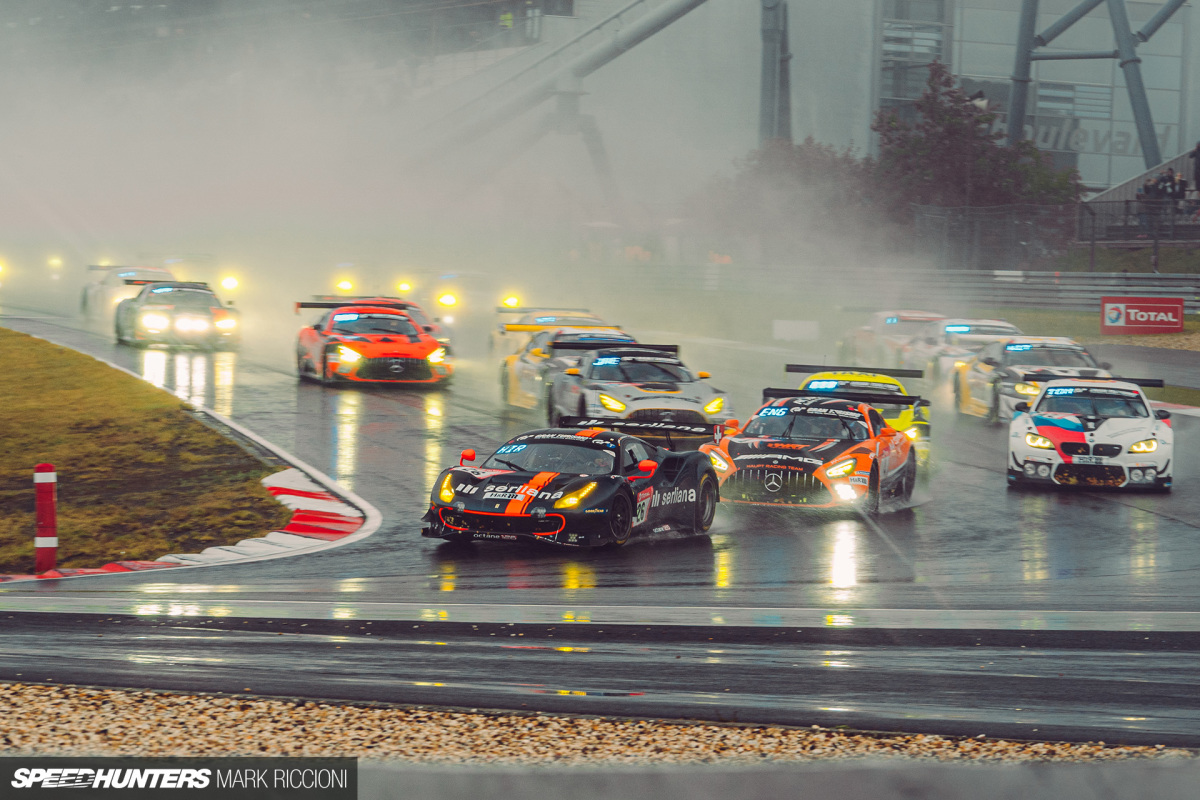



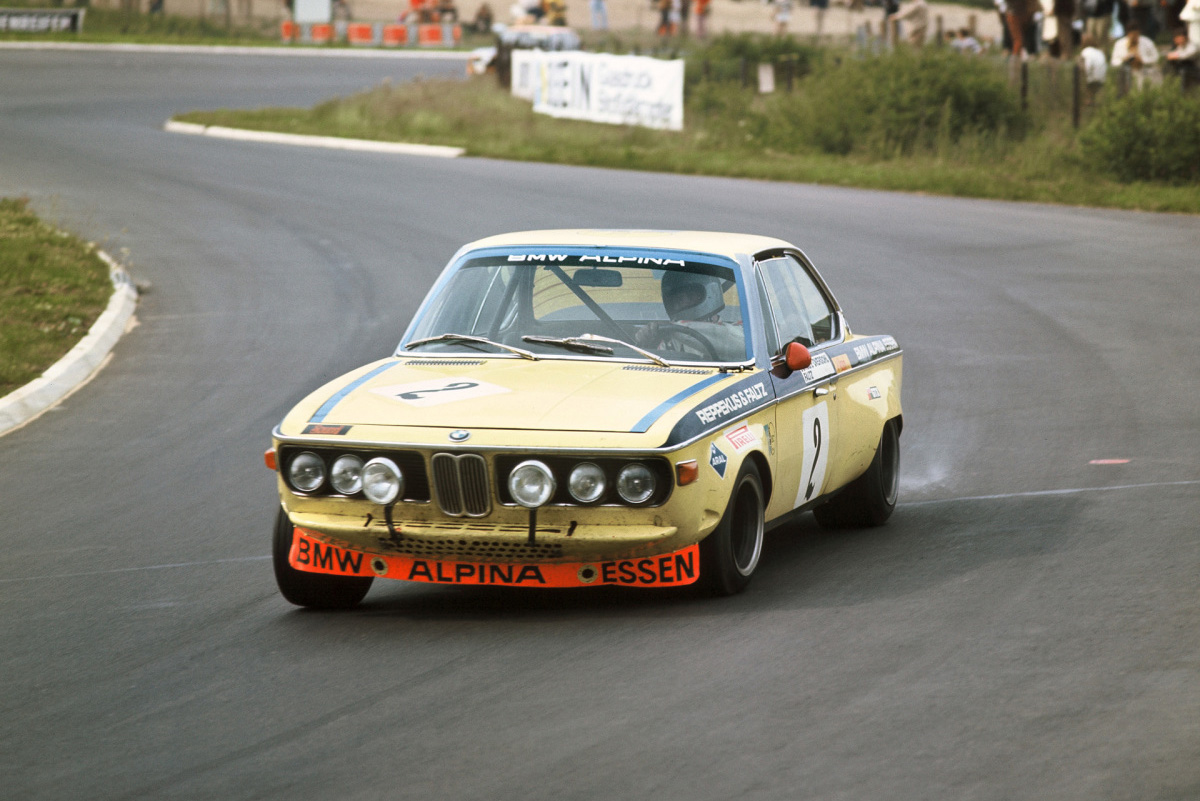

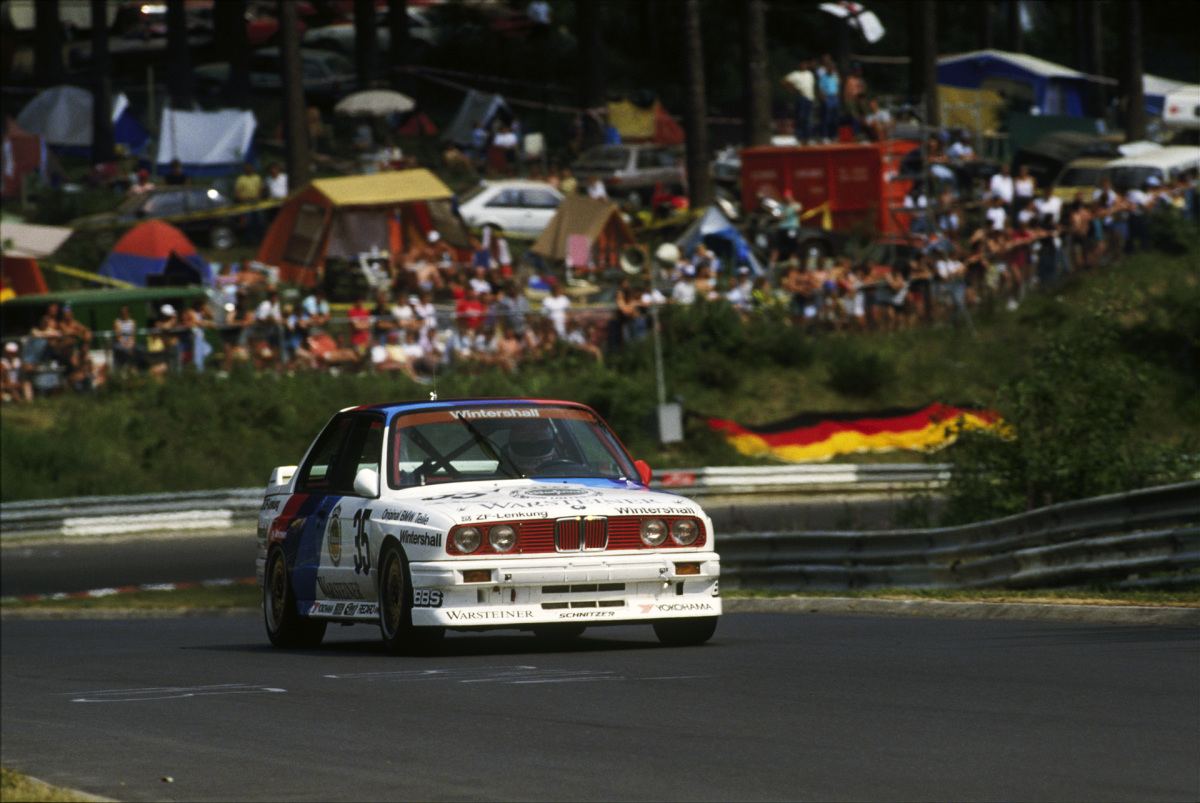
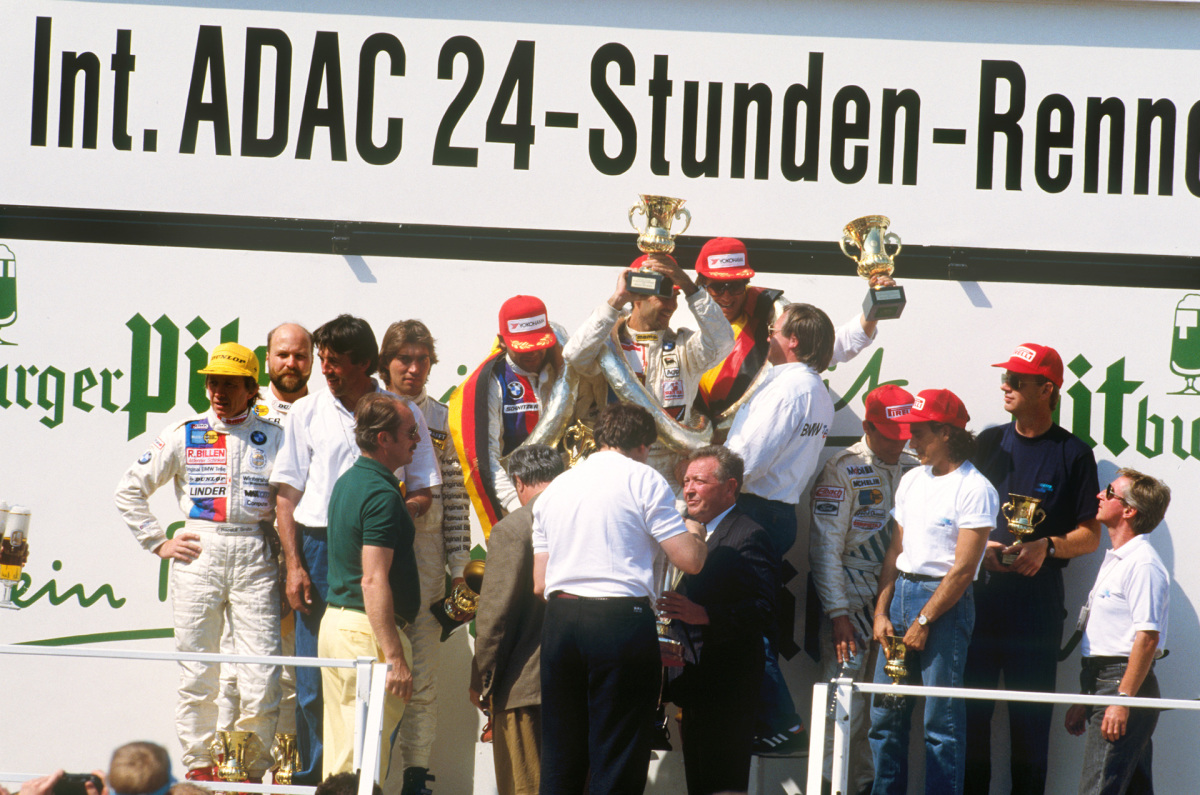
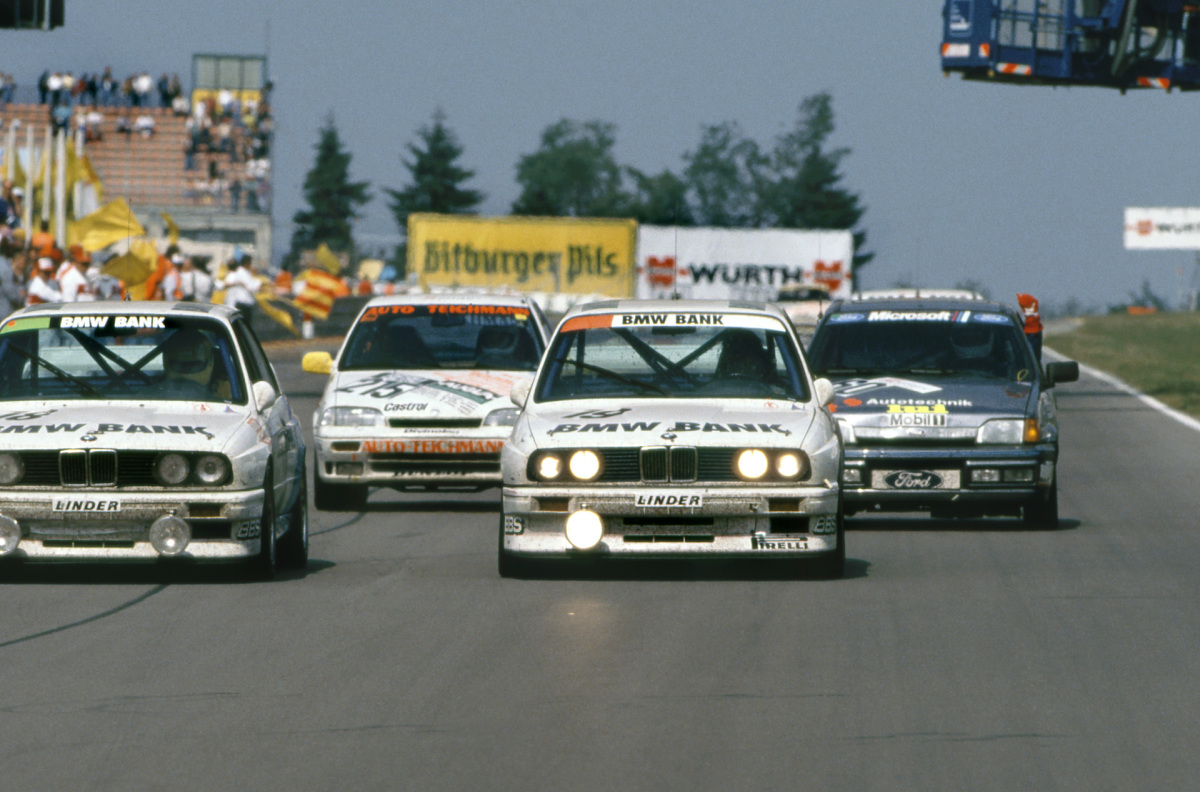
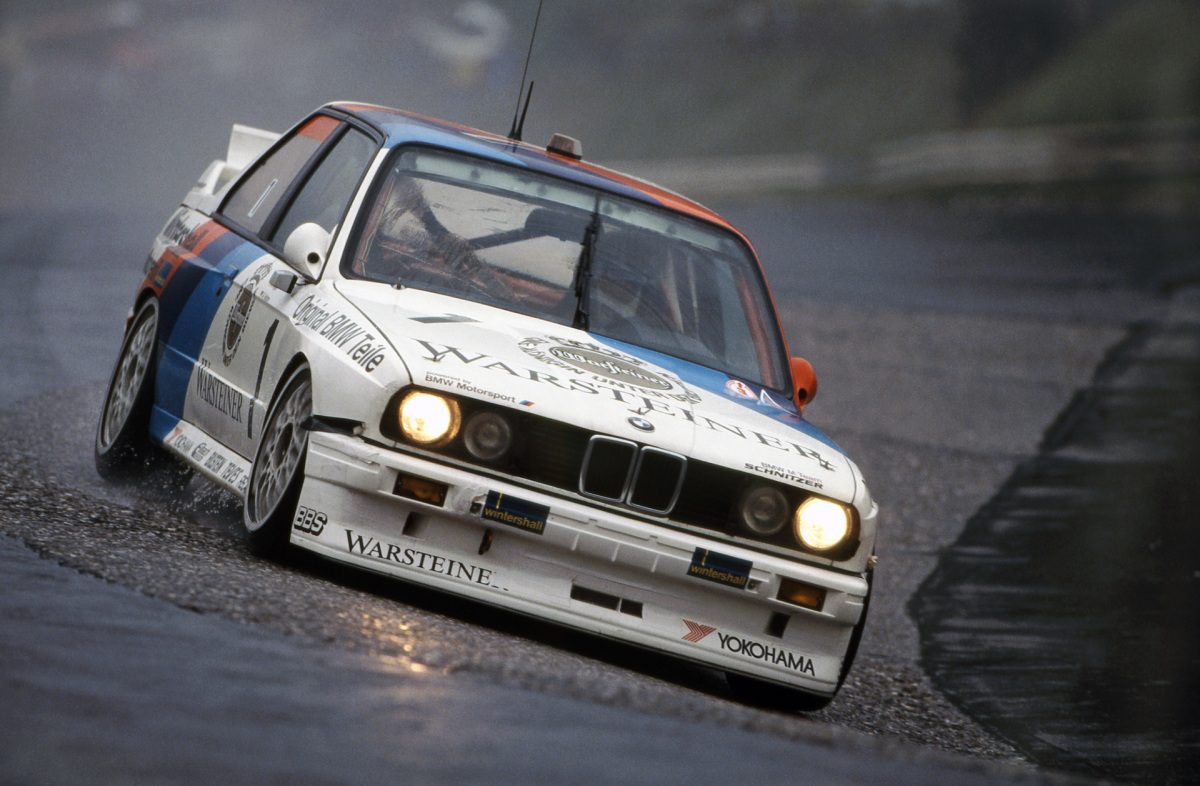
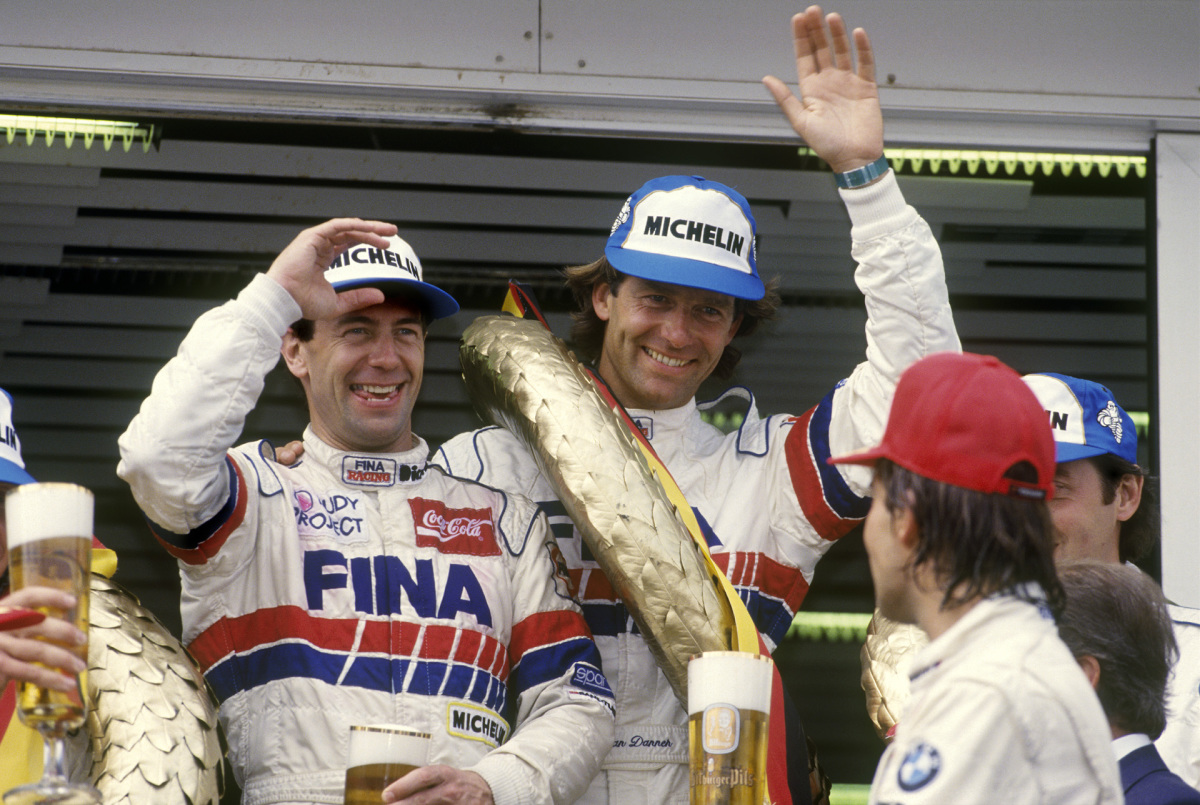

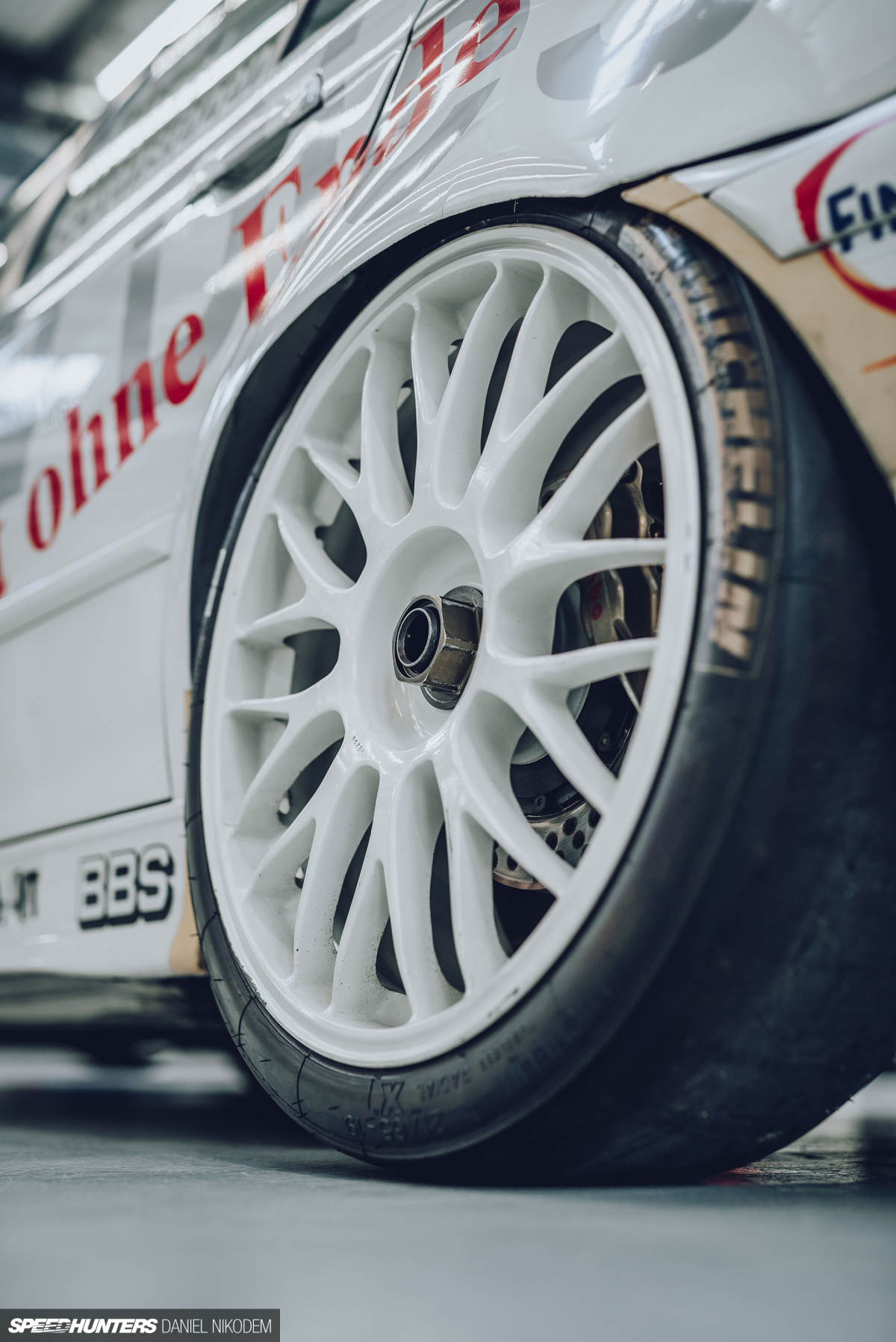
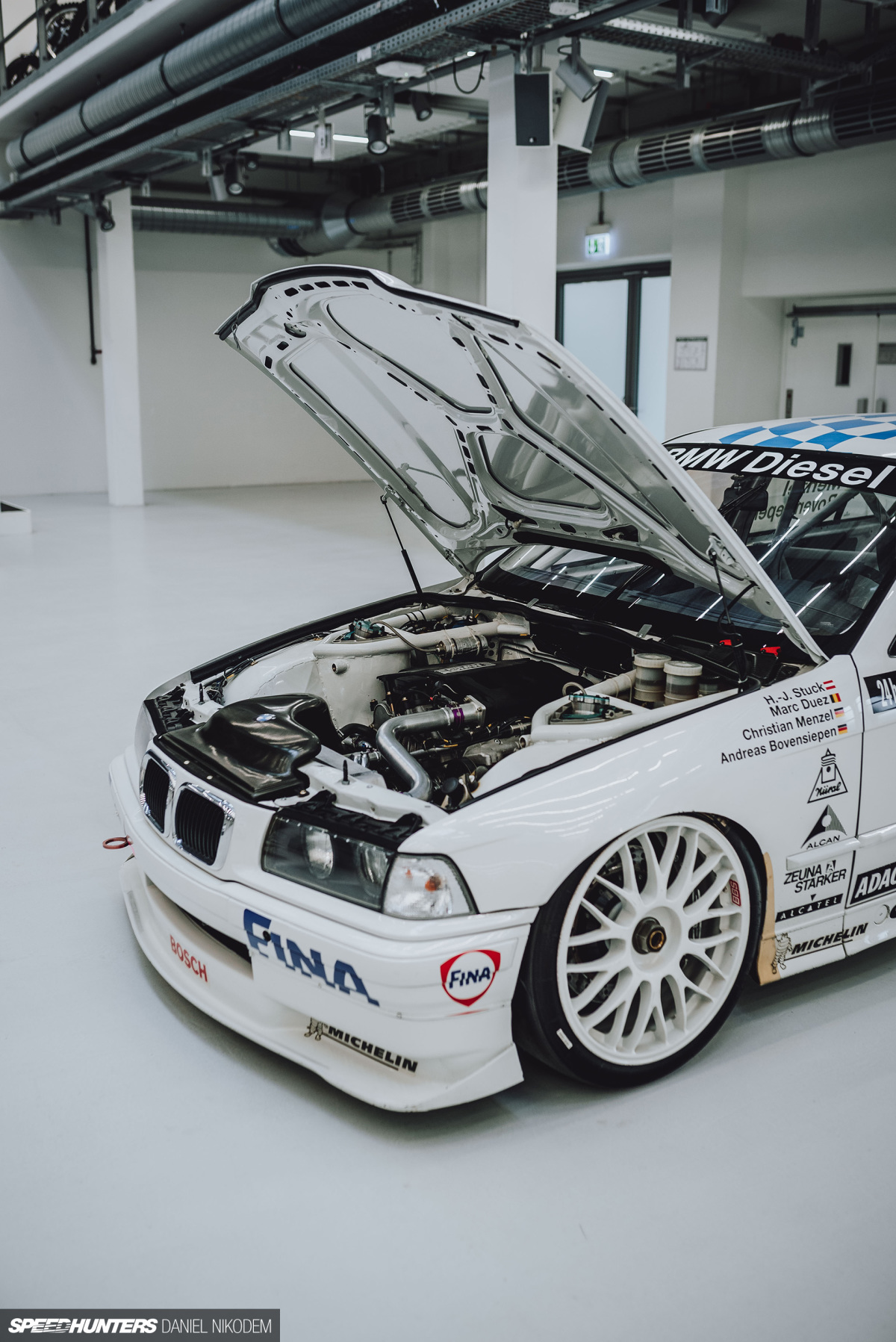
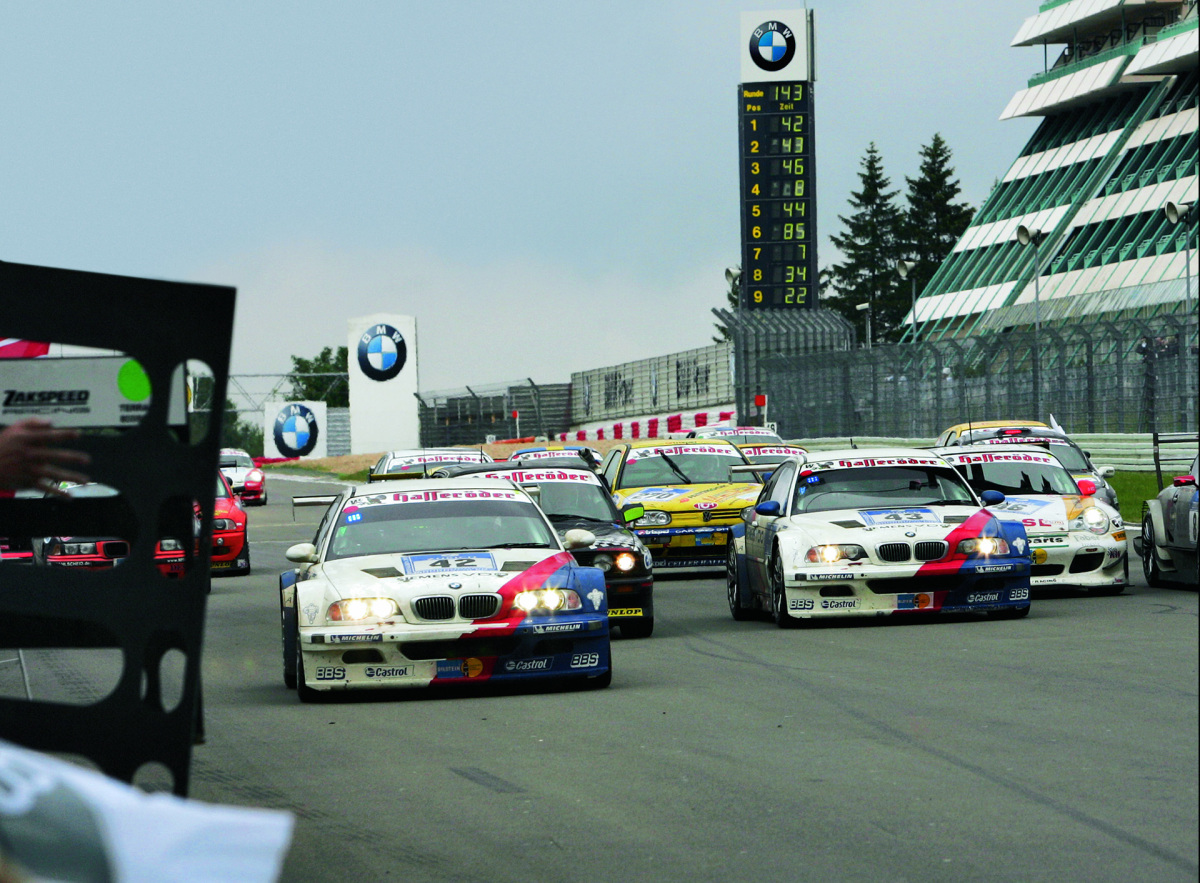
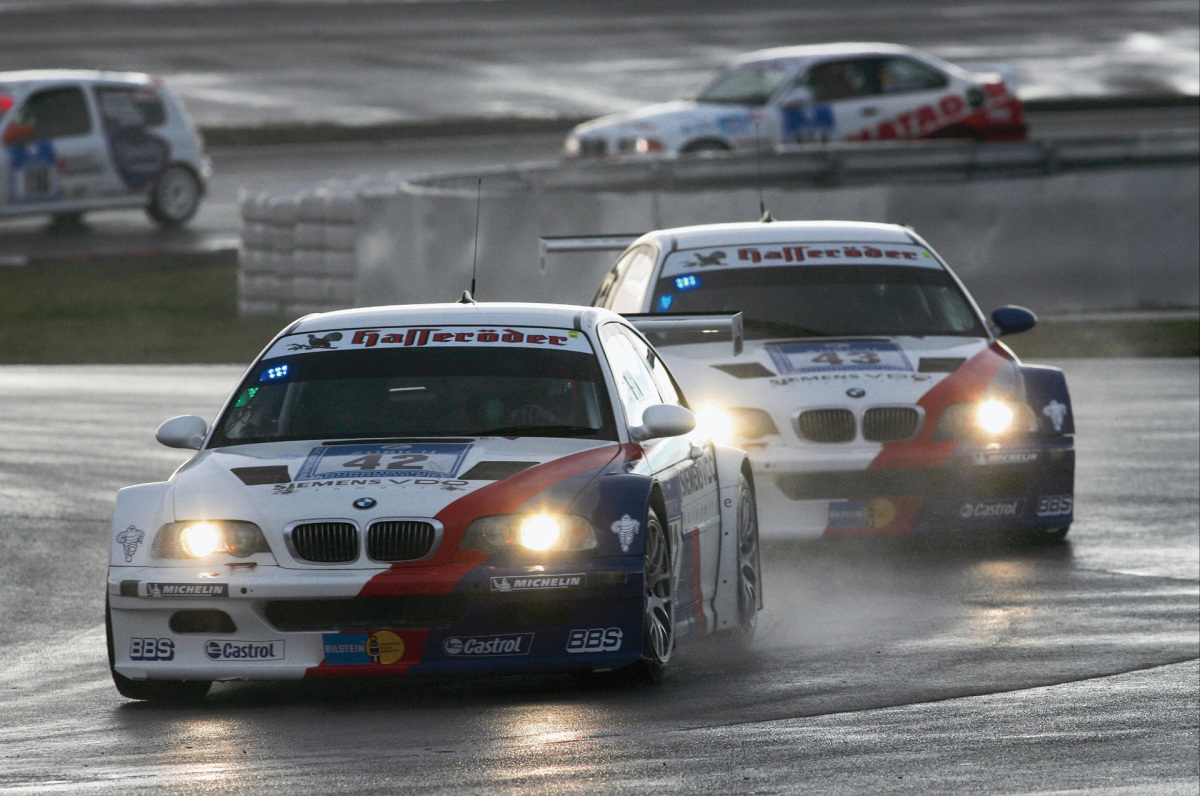
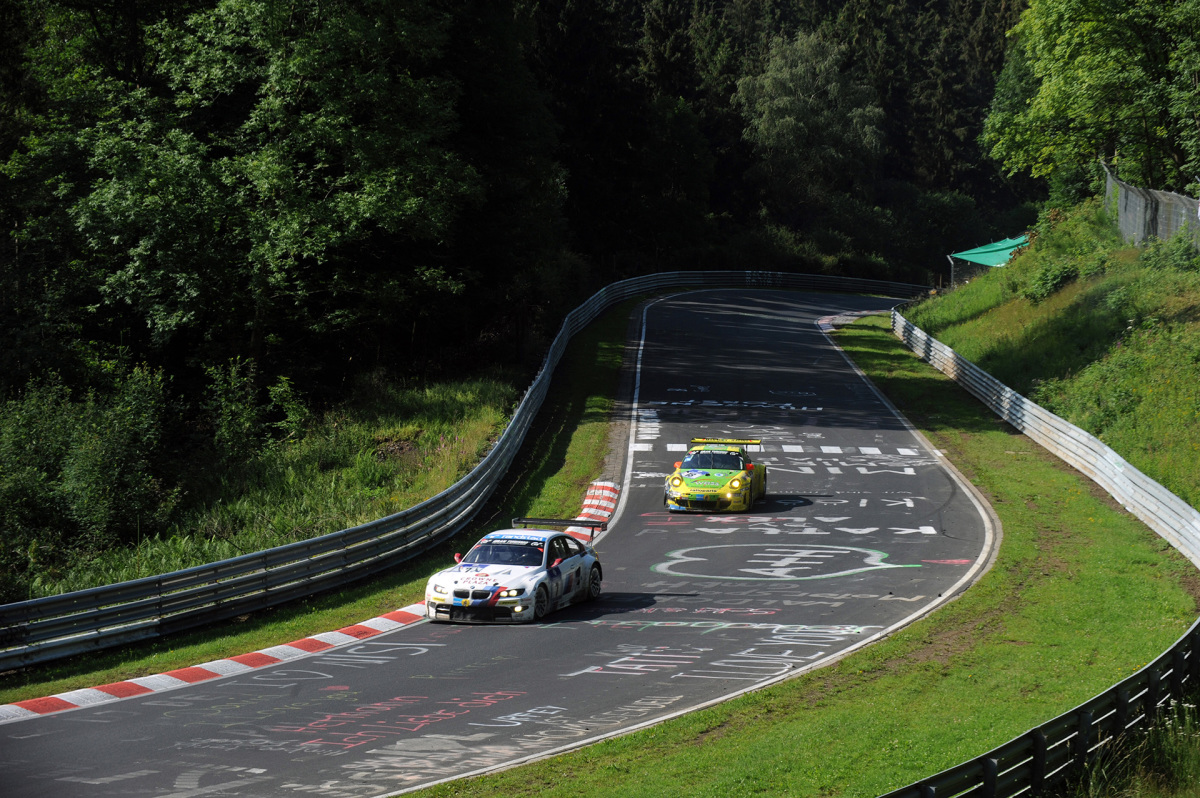
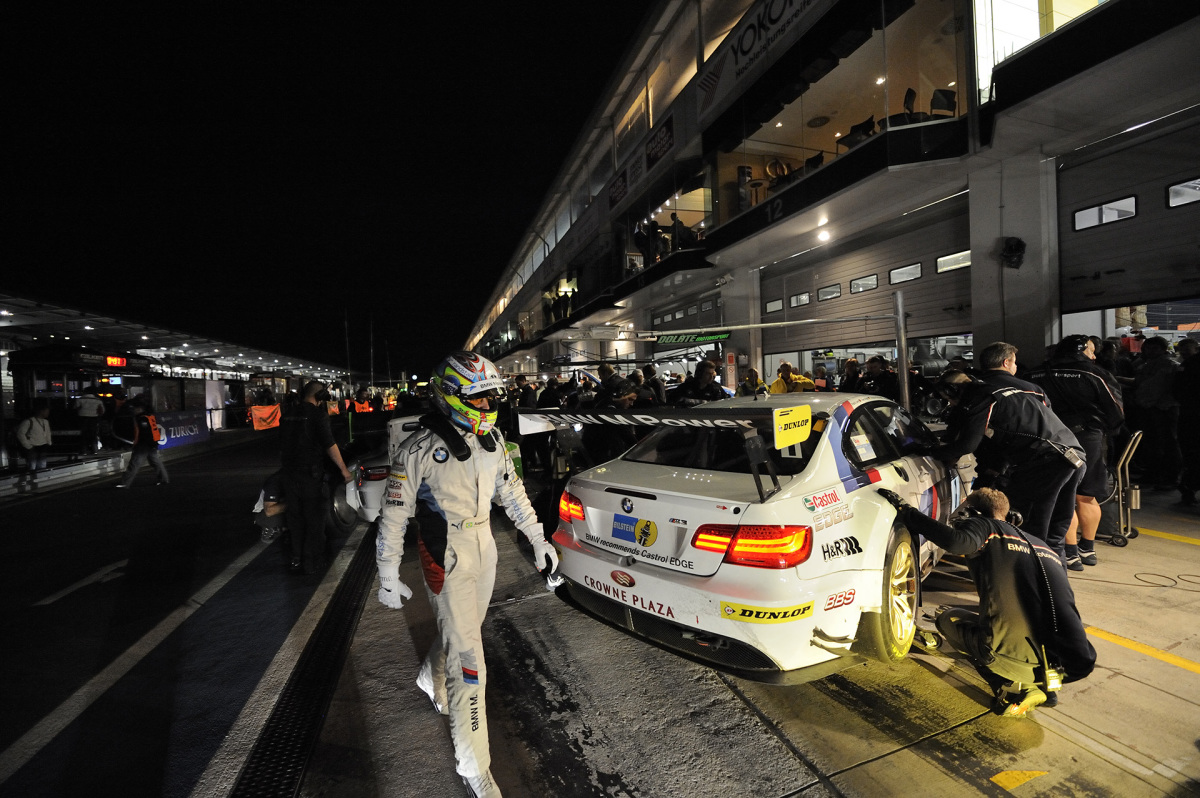
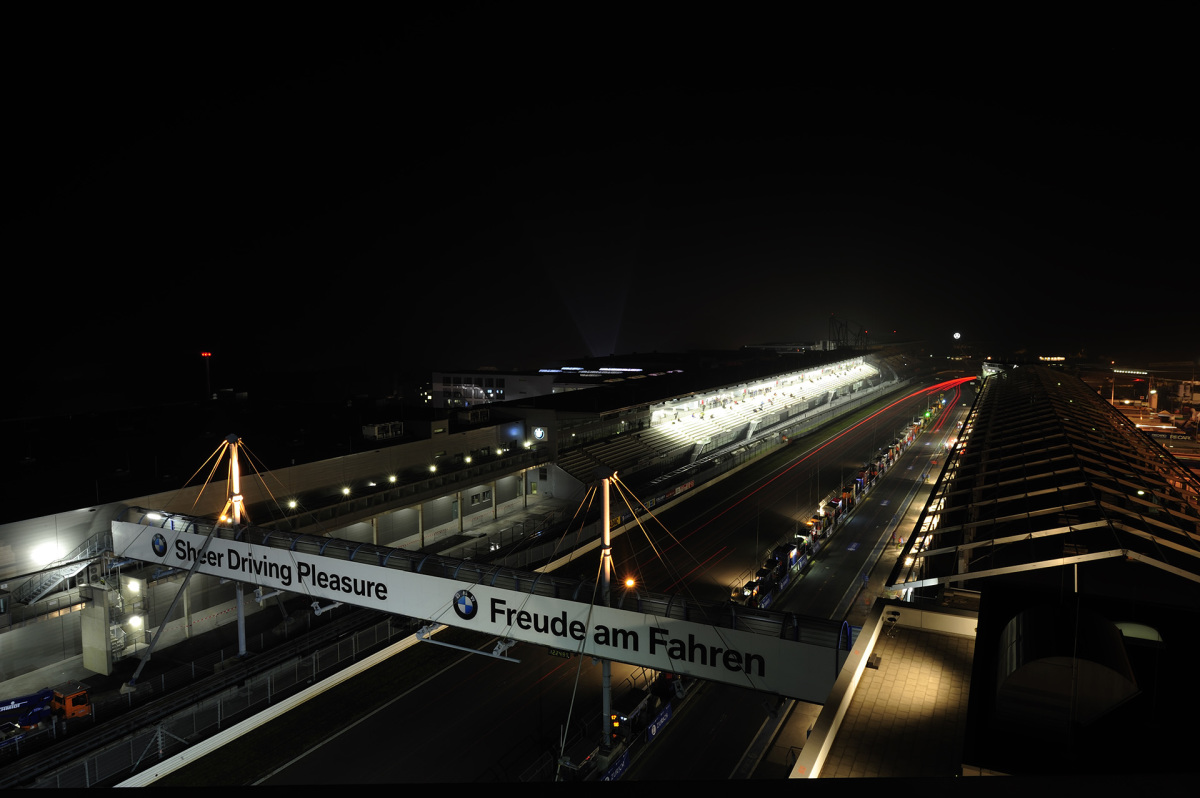
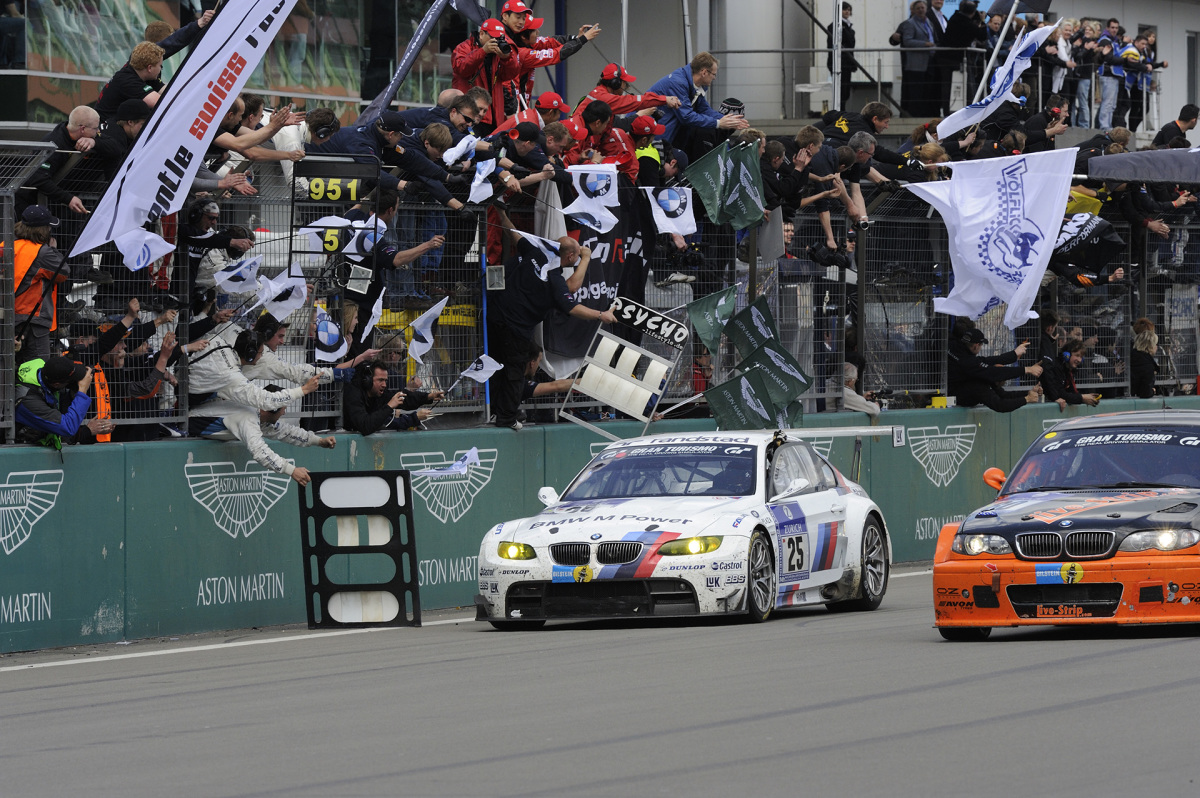
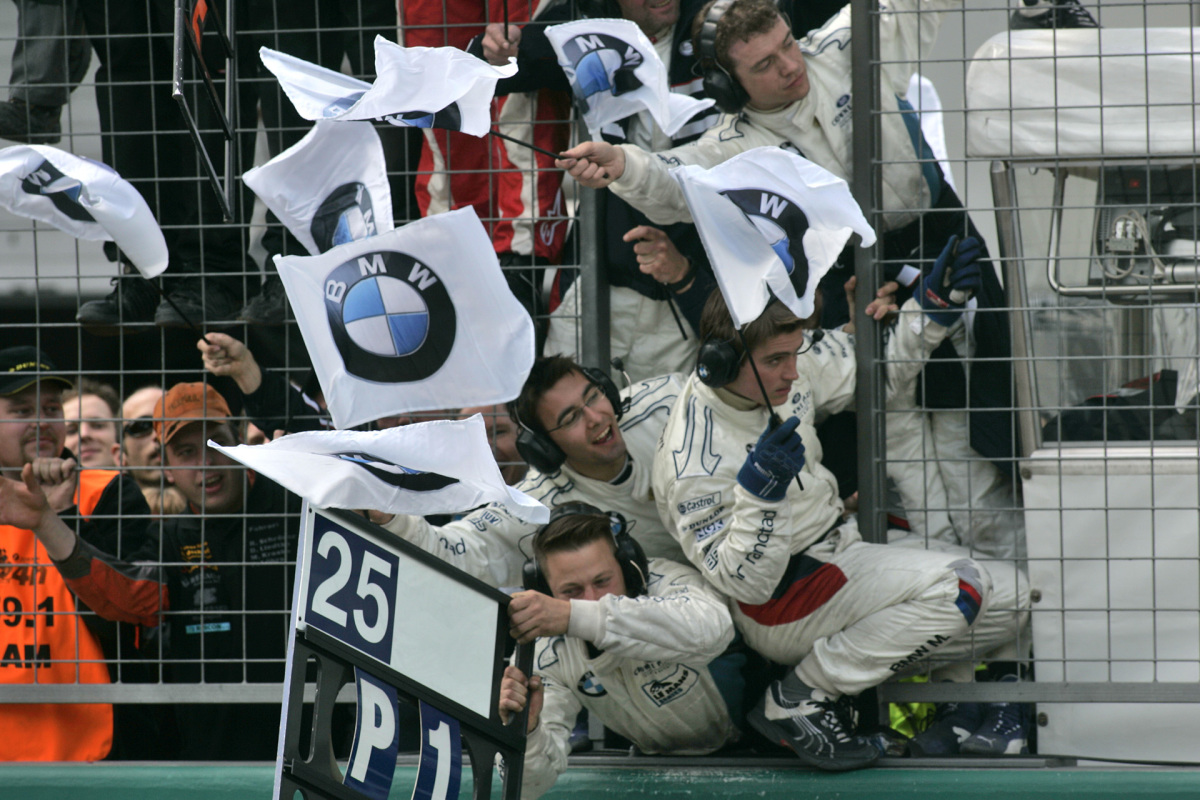
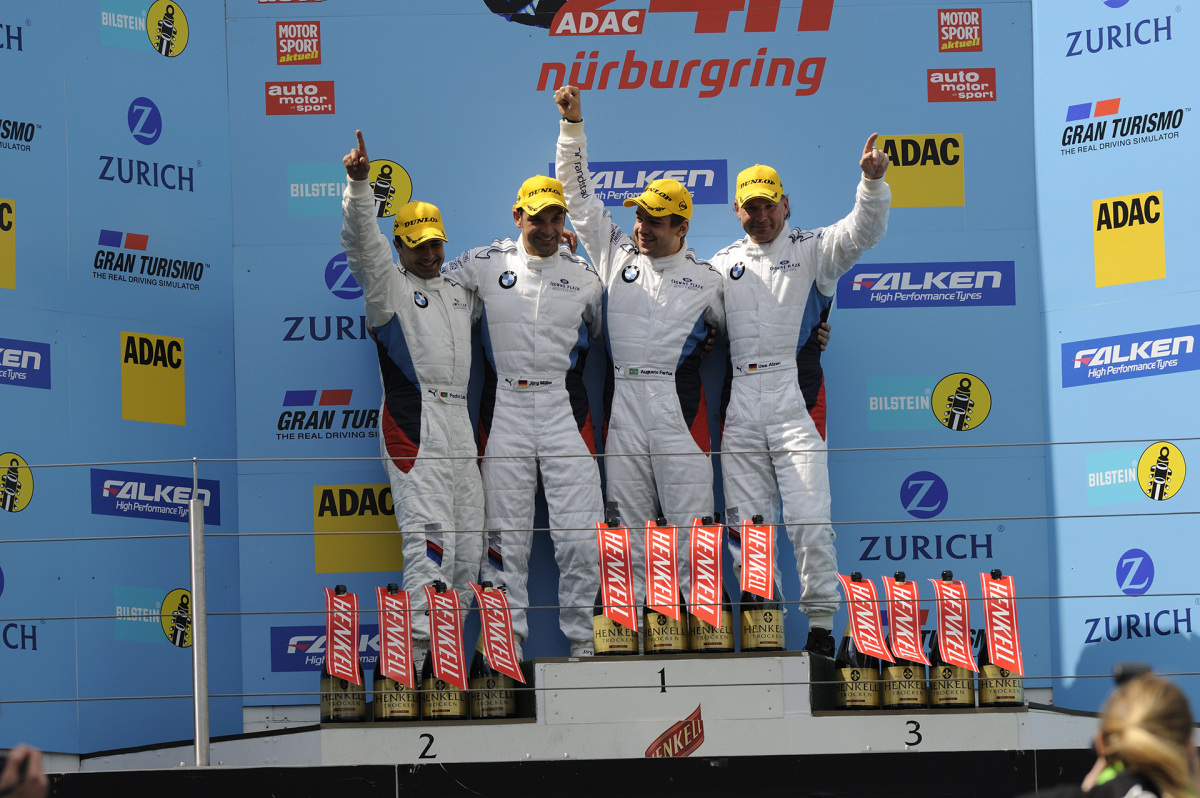
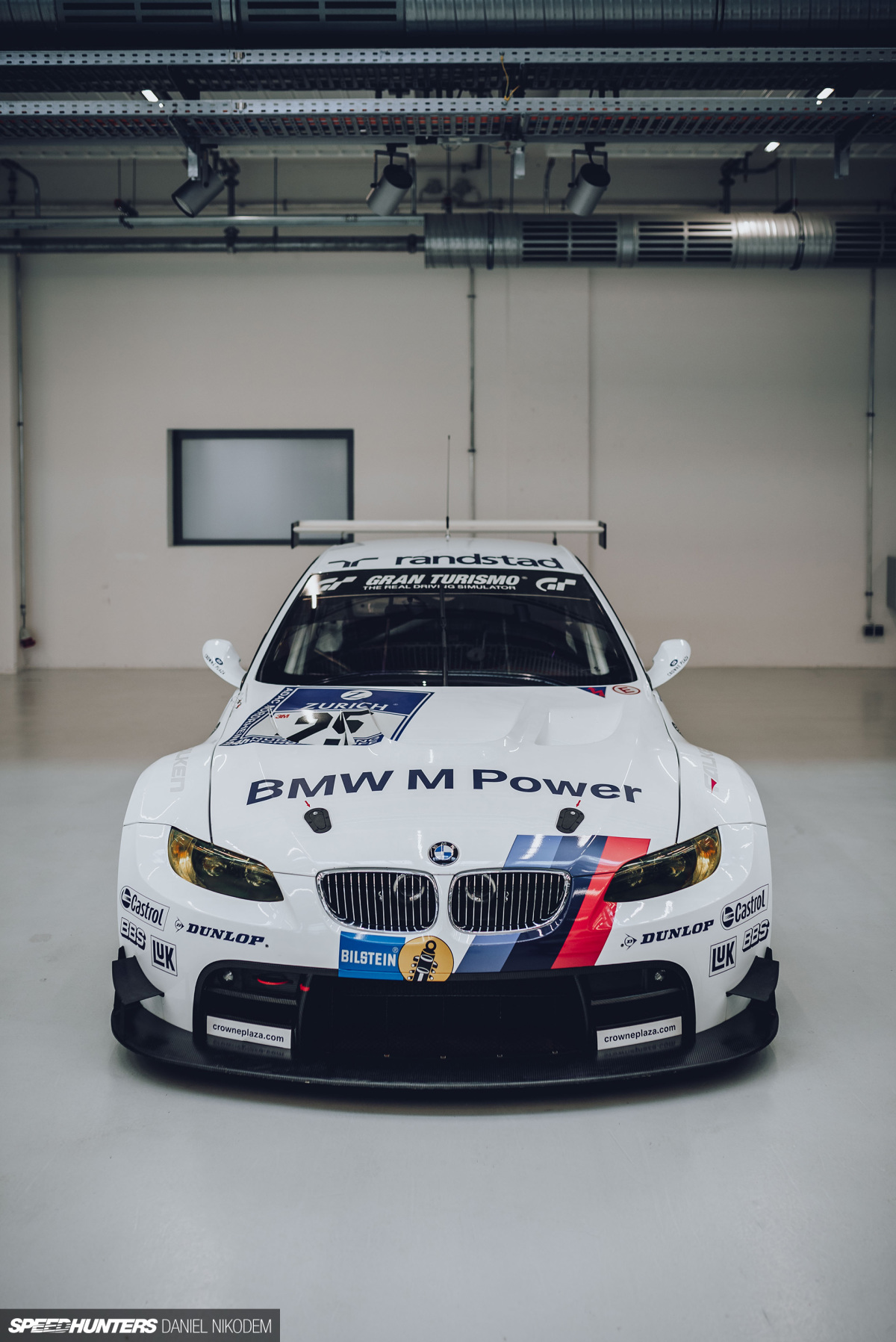
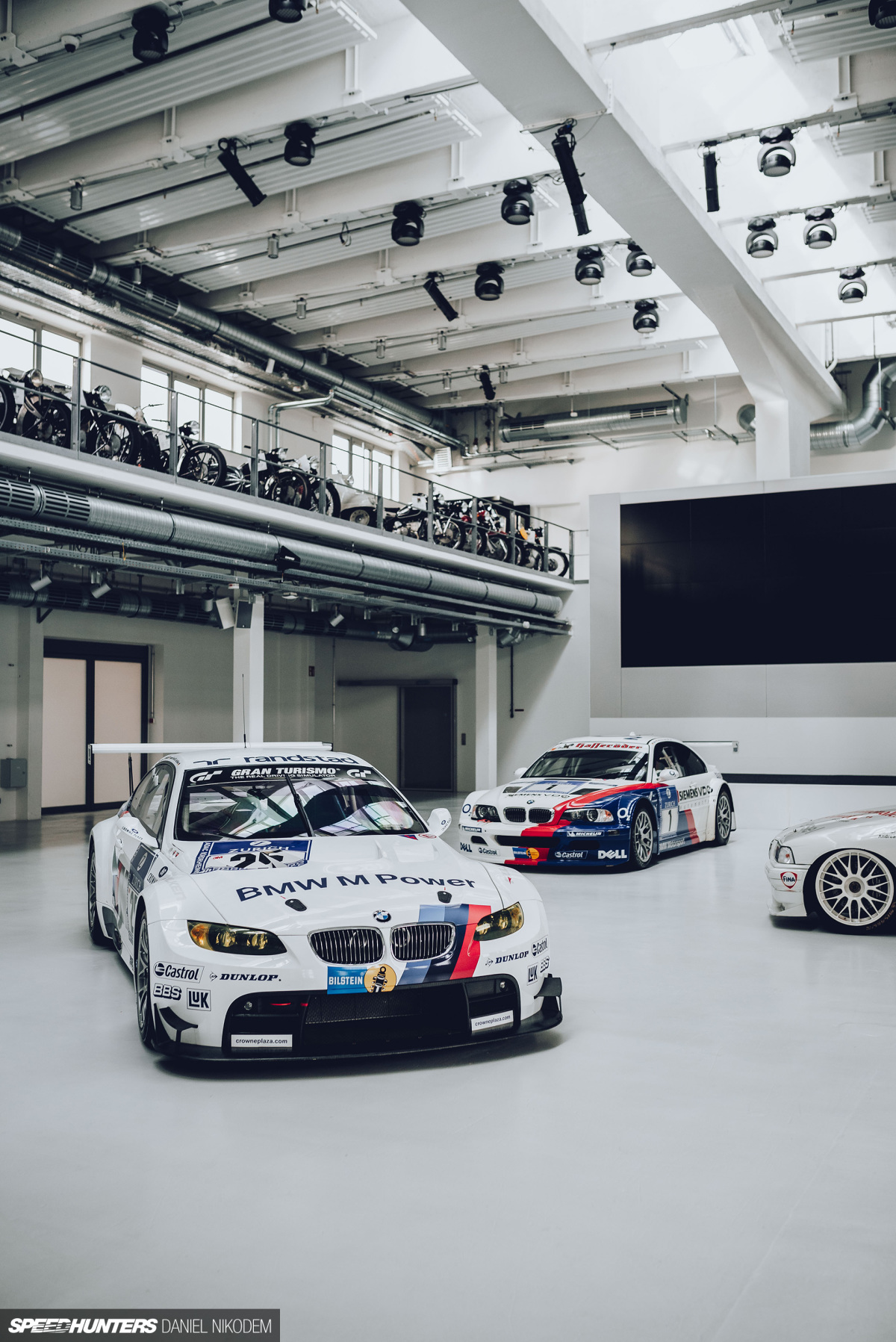
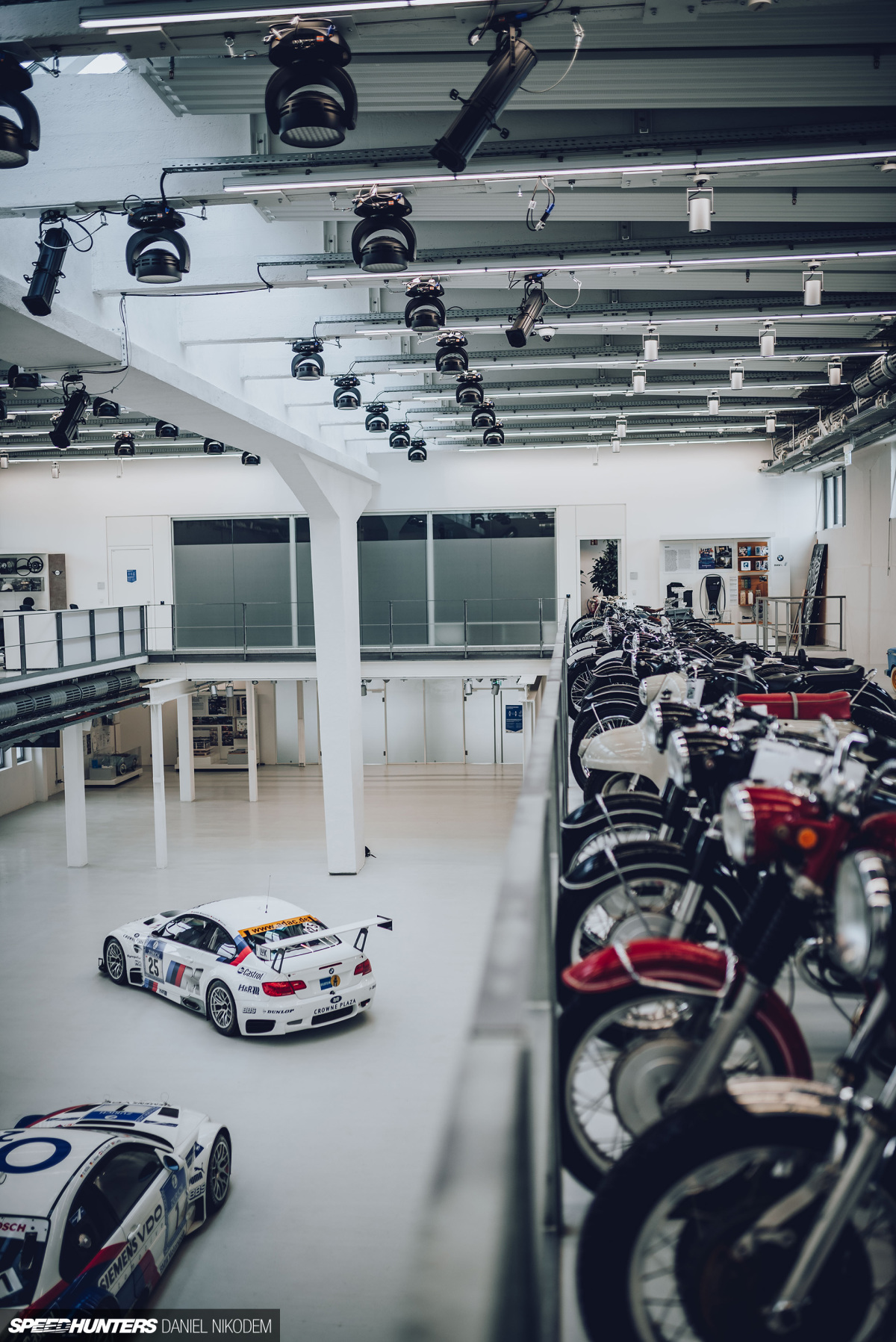
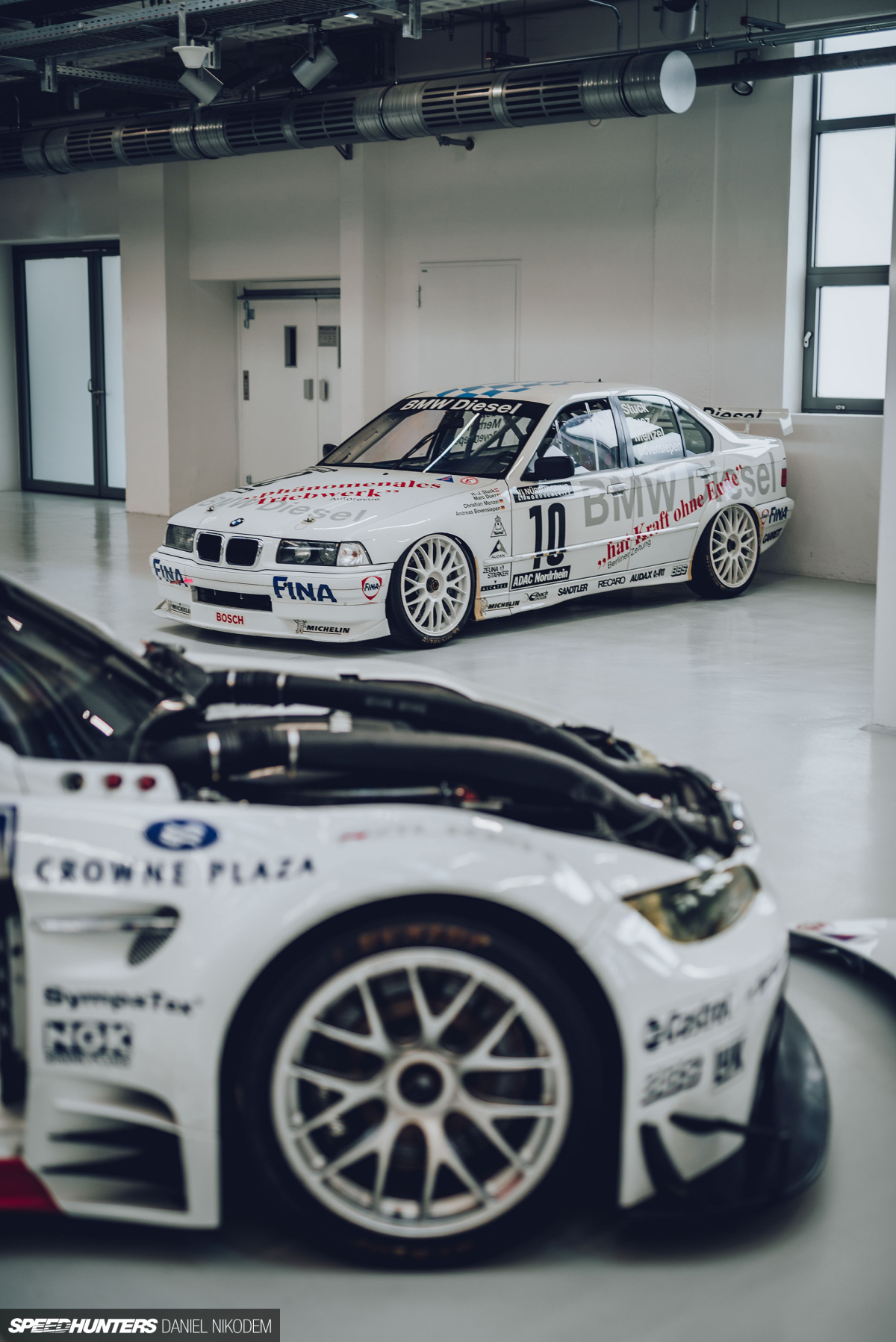

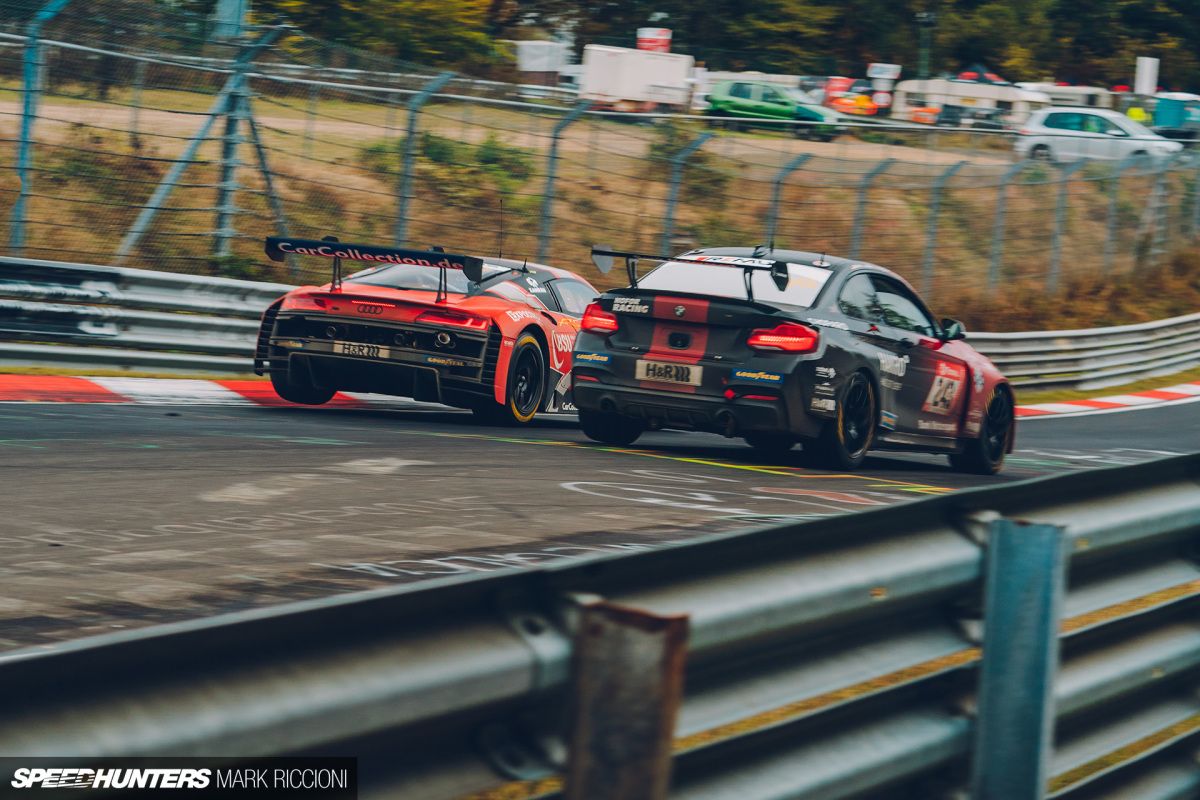

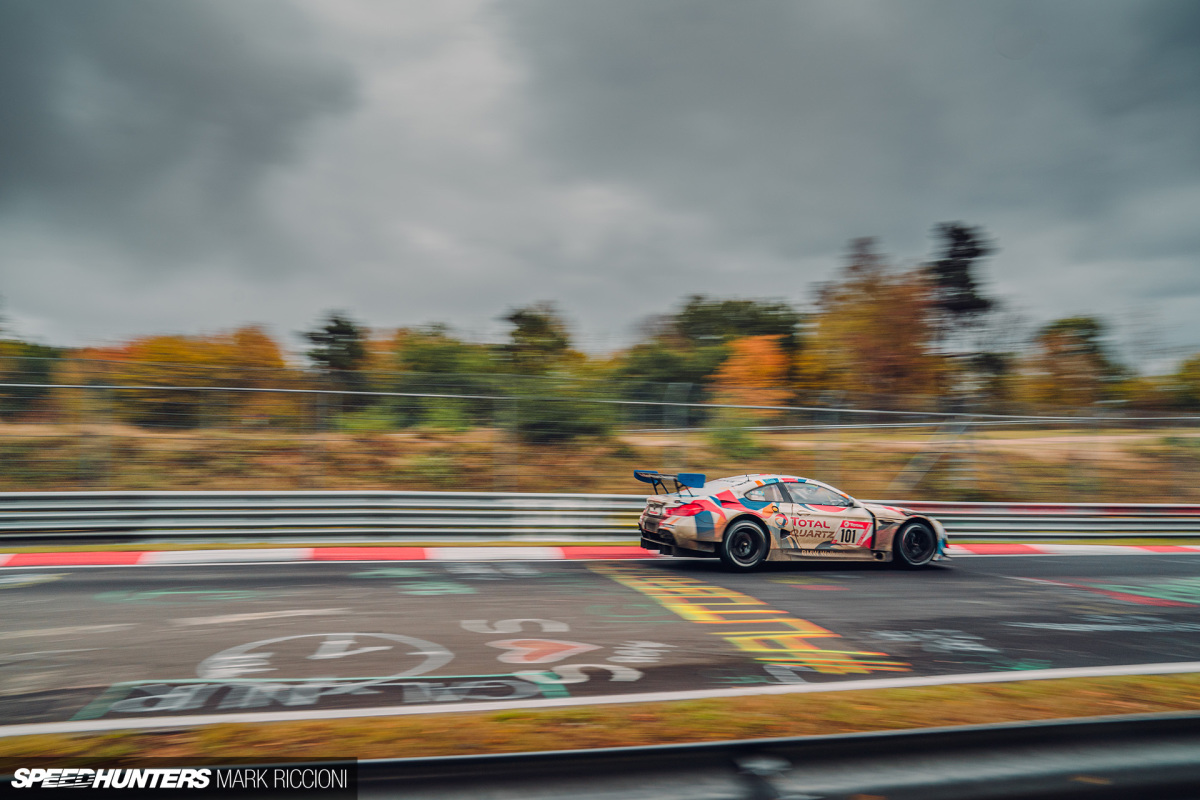
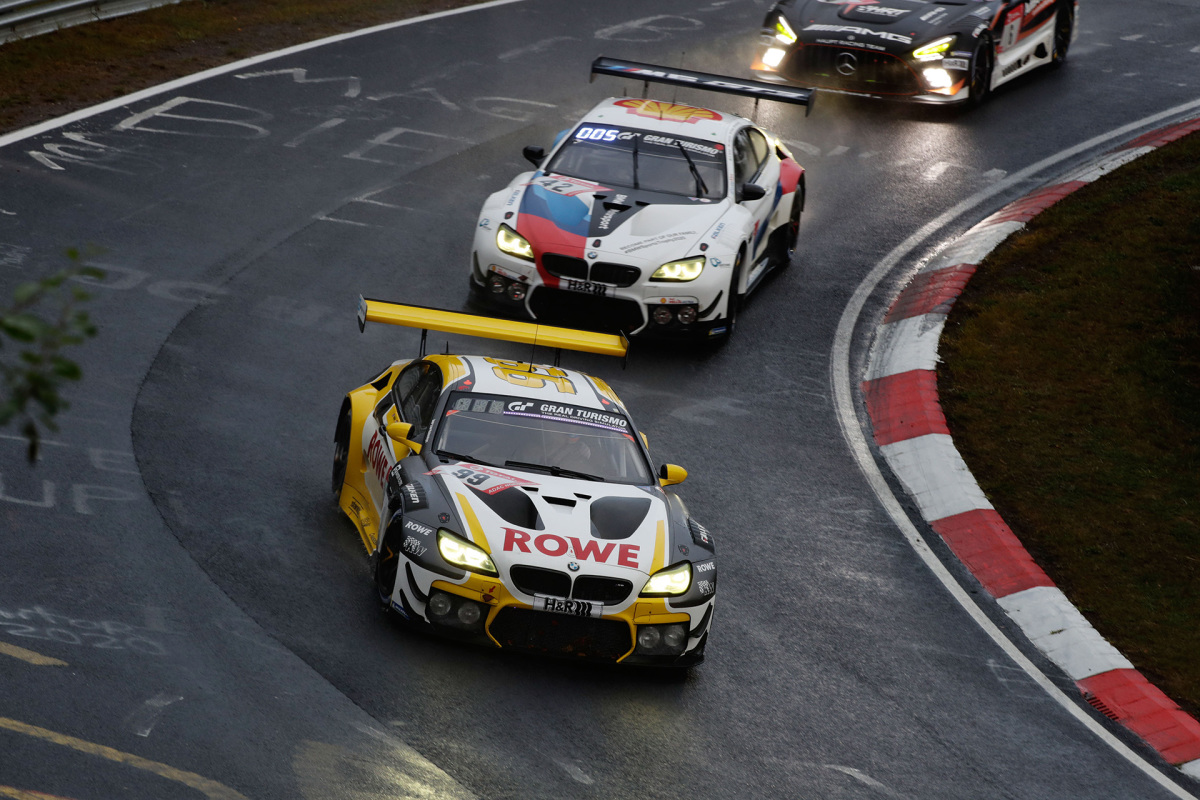
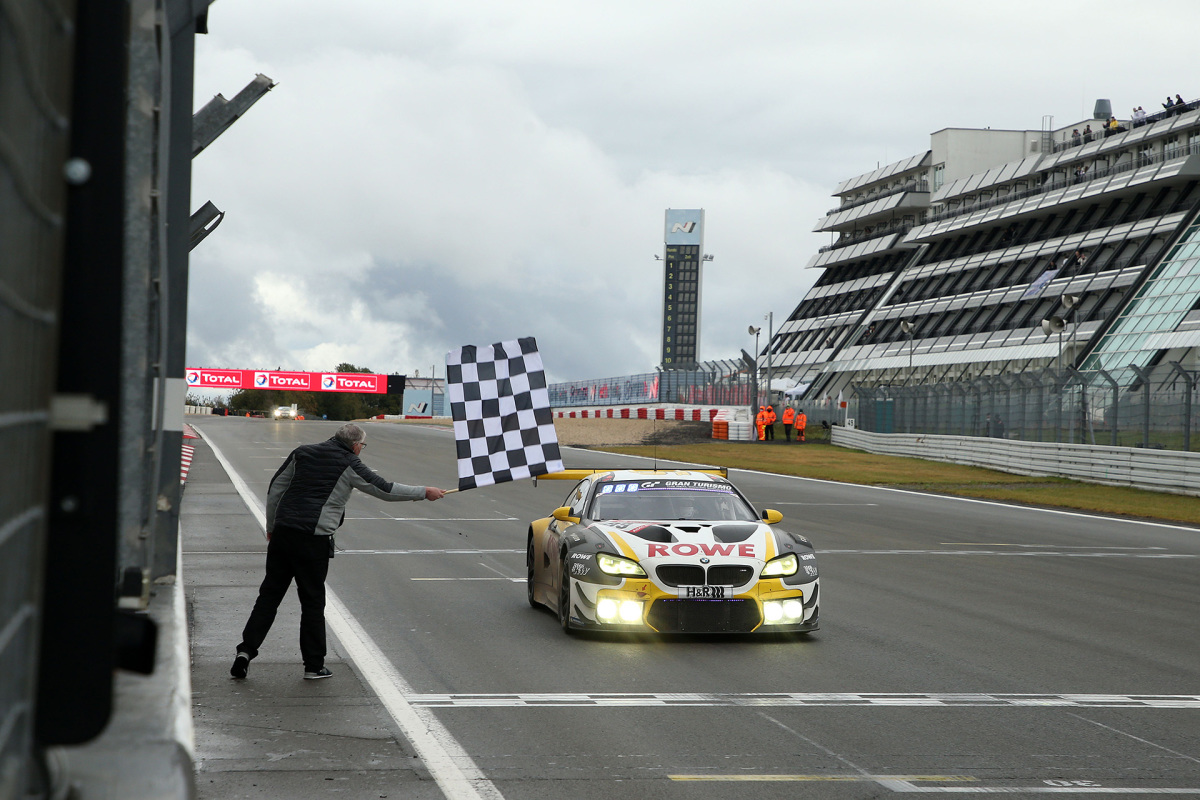





[ STAY AT HOME & WORK AT HOME ] Start making money this time... Spend more time with your family & relative by doing jobs that only require for you to have a computer and an internet access and you can have that at your home. Start bringing up to $65o to $7oo a month. I've started this job and earn handsome income and now i am exchange it with you, so you can do it too. You can check it out here............ http://www.online103.com
Awesome article Will, but i think there's a spelling mistake. "2004 saw Hans-Joachim Stuck return, yet again, this time in two V8 E92 M3 GTRs." Pretty dire you mean the E46.
Its nice to hear them say they desire to win more races, but the last ten years show that BMW isn't a car company anymore, its a fashion company. They're more interested in golf and sailing and all the fancy gizmos that they put in the cockpit to entertain the driver and passengers. I miss the days of the 3.0CSL, the E30's and the E46 M3. They were racers. The cars now are bloated whales that can't take corners, and thats borne out by even the comments their race drivers make. Its sad for me, I've owned and enjoyed BMW's for over quarter of my life. Oh well, I'll just have to keep on enjoying the older cars. I must admit though, the new M2 is a very interesting beast... now if they put THAT into GT3 form, I bet they would make Mercedes and Audi poop their pants!
Quite funny. I used to have a BMWs and raced one too but gave up on them and switched to sailing instead.
This. But the M2 is long in the tooth and with the z4yota being just a manual transmission away from being the sportier car (or worse, in true new BMW fashion, create what no one asked for but sure, we'll take it, z4 coupe, which makes 2 and z4 the same-but-different car). The i8 was almost embarrassing, and all the new M's except the 2 and 8 are just non-competitive pigs that now look like pigs, that drive like numb pigs on THC.
So then, i3, M8, and BMW development of what will replace the 2 series and add a manual transmission, proper interior to the Z4: BMW's future, and anything remotely Nurburgring, rests under your wheels.
You see a ton of F80 M3 and F82 M4 that are converted to Track Spec on the Nürburgring nearly every day, they are good Track Cars if you modify them a bit
OH YES!!! The #25 BMW M3 GT2 E92 has always been my favourite racecar since a mobile game "Real Racing 2" that I played in 2010-12. I am really happy to see this beauty in a SpeedHunters article again!
Guys,
Amazing history of the Ring and BMW! And great photos too! I know the guy who runs the VDC in New Jersey and I took a VIP tour 2 years ago. Bimmers are incredible cars as are all German cars. Audi has kind of dropped off my list after renting a new A6 last month. That one photo in black and white with that long line of cars behind it is amazing. That is a lot of cars on that narrow track. If I cannot get my dream car(Porsche GT3 ) I'll settle for an M4.
"The wild and super-serious GT3 cars dominated the race in the 2000s"
The first year GT3 cars were even allowed to enter the race was 2009, and it took until 2012 for one to win.
BMW Alpina also has an awesome motorsport legacy
And they make some of the best driver's cars out there
Good to see BMW Motorsport back on the track
They were on top of their game back in the day
I really enjoyed this article! Looking at the 70's cars and atmosphere, comparing them to the present. This event in total is just perfect madness.
I've already said it and I will say it again, never count BMW out when it comes to modern cars.